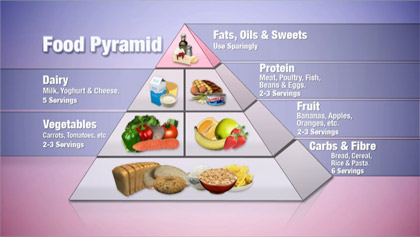



The World Health Organization has issued a new series of recommendations to improve quality of antenatal care to reduce the risk of stillbirths and pregnancy complications and give women a positive pregnancy experience. By focusing on a positive pregnancy experience, these new guidelines seek to ensure not only a health pregnancy for mother and baby, but also an effective transition to positive labour and childbirth and ultimately to a positive experience of motherhood.
Importance of ante natal check-ups (ANC) Antenatal care is the systemic supervision of women during pregnancy to monitor the progress of foetal growth and to ascertain the well-being of the mother and the foetus.
The earlier you start attending antenatal check-ups the better. You should then attend antenatal check-ups once a month until 28 weeks, then twice a month until you are 36 weeks pregnant. During the last 4 weeks of your pregnancy you should go every week.
Despite some gaps in utilization, ANC and PNC are viewed positively. They offer important opportunities to encourage women to deliver with a skilled attendant in a health facility, and function as an entry point for care from birth through childhood and into adulthood.
Most women have their first and longest antenatal check- up between weeks 8 and 12 of pregnancy. The earlier you start attending antenatal check-ups the better. You should then attend antenatal check-ups once a month until 28 weeks, then twice a month until you are 36 weeks pregnant.
The morphology scan is a detailed ultrasound scan that looks at your baby's body and observes the position of the placenta, the umbilical cord, the amniotic fluid around your baby, and your uterus and your cervix. It is also known as a 'anomaly scan' or a '18-20 week scan'.